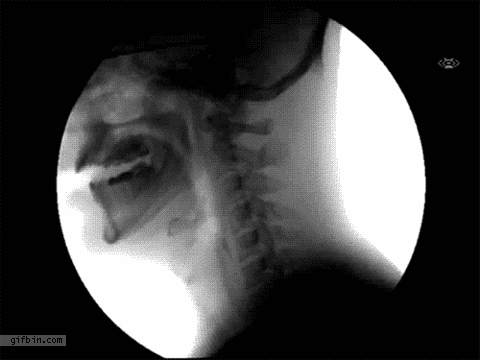Deals with the study of the principles involved in Digital Subtraction Angiography and Interventional Radiology: the parameters of imaging and equipment employed in these subspecialties.
C.J. ANGELA PINUGU, RRT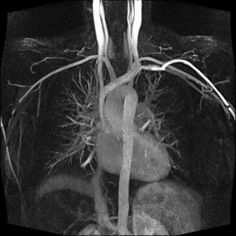
Study of the principles of radiation Protection including the responsibilities of Radiologic Technologist for patients, personnel, and public. This includes radiation health and safety requirements for agencies institution, and health care organization mandated to regulate and monitor the safety use of radiation.
C.J. ANGELA J. PINUGU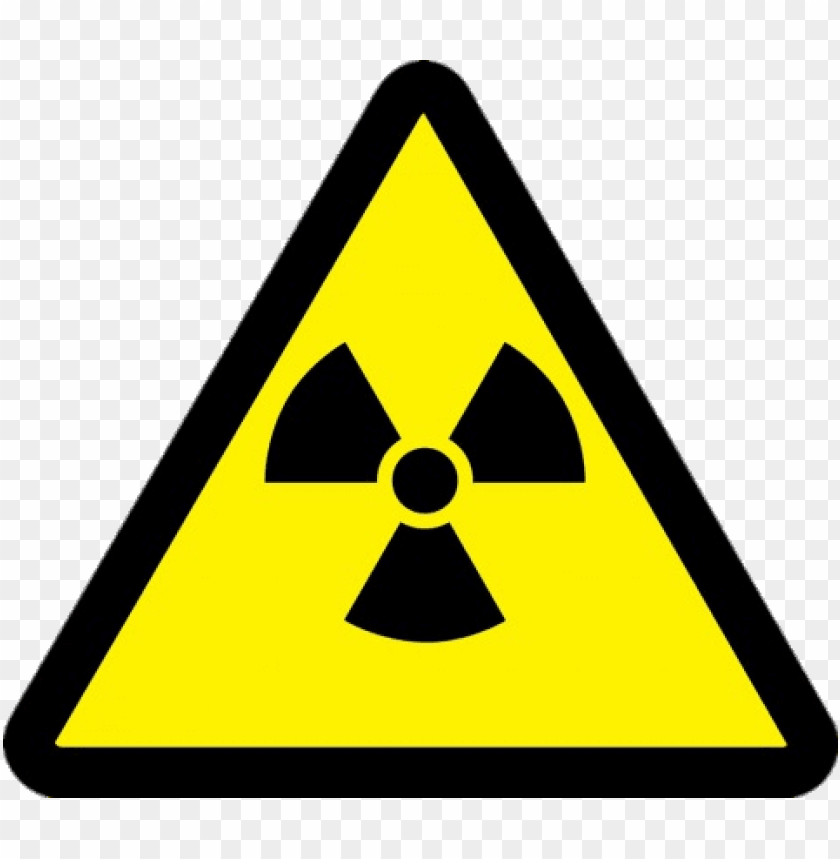

This is the study of the general foundations of positioning technique to
obtain radiographic demonstration of anatomical structures of interest as well
as specialized radiographic examinations of the different structures and organs
without contrast media. This includes anatomic and radiographic positioning terms,
source image receptor distance and tube film alignment, positioning principles,
radiographic landmarks, exposure techniques, structures demonstrated and
evaluation criteria of examinations of the different organs. Clinical
competency is very essential and is done through positioning demonstration and
return demonstrations as part of their laboratory procedures.
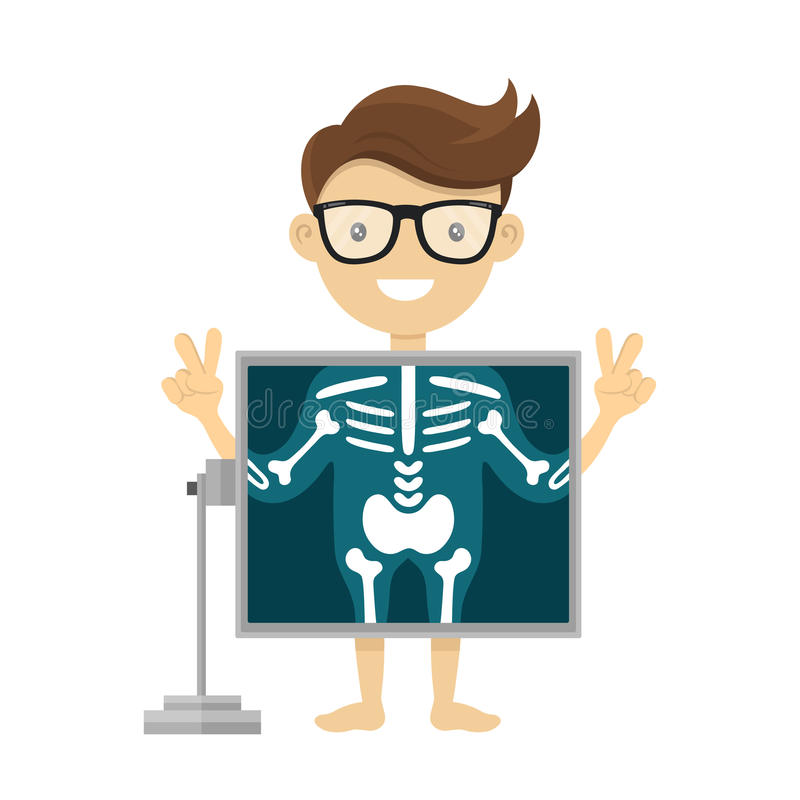
This course deals with the fundamentals of mammography, breast, imaging equipment and techniques for ensuring image quality. Discussion includes breast anatomy and pathologies along with strategies for communicating with patients.
MA. SERINA EDEN S. PALEG, RRT
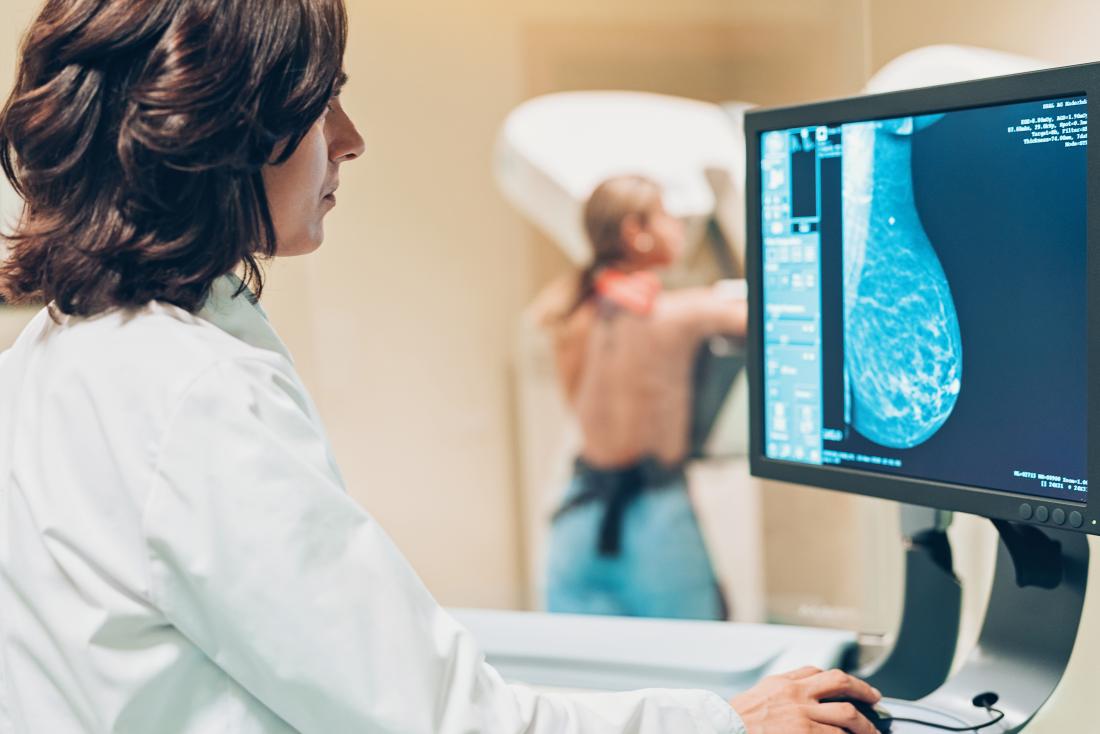
This subject is a continuation of the study of the structure and function of the human body with radiographic correlation. It presents the different structures of the body in the radiographer’s view to better understand how diseases can be diagnosed by Radiologist during interpretation of radiographs. It includes only systems of the body that are essential to radiographers use. It also presents which among the different modalities demonstrate or show the detail of the organs.
MARVEN L. CABALZA, RRT
Subject Teacher
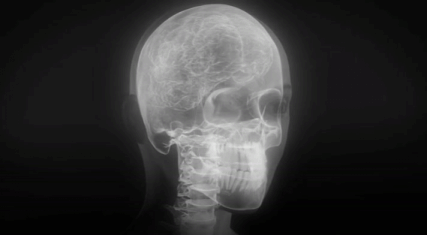
This is the study of the specialized radiographic examinations of the different structures and organs with the use of contrast media. This includes anatomic and radiographic positioning terms, source image receptor distance and tube film alignment, positioning principles, radiographic landmarks, exposure techniques, structures demonstrated and evaluation criteria of examinations of the different organs of interest. It also discusses the different patient care management of patients undergoing special procedures.
MARVEN L. CABALZA, RRT
Subject Teacher
